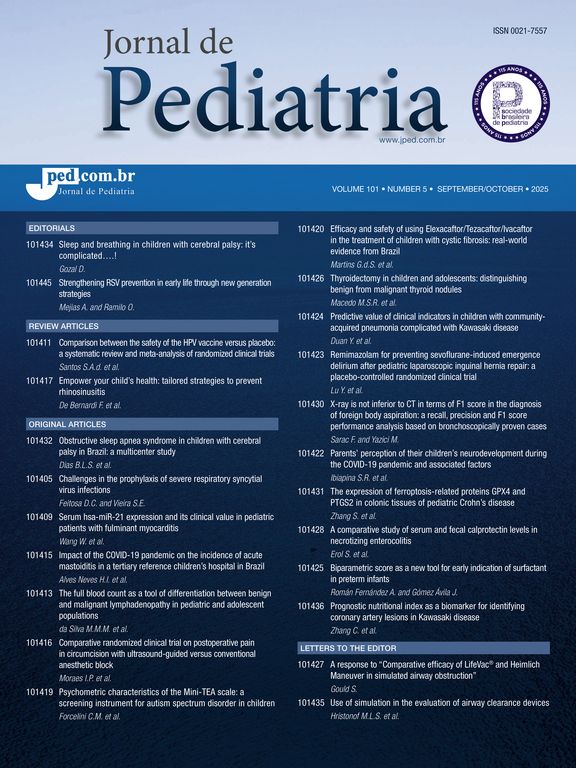was read the article
| Year/Month | Html | Total | |
|---|---|---|---|
| 2025 12 | 2 | 1 | 3 |
| 2025 11 | 62 | 35 | 97 |
| 2025 10 | 51 | 29 | 80 |
| 2025 9 | 47 | 20 | 67 |
| 2025 8 | 36 | 37 | 73 |
| 2025 7 | 36 | 32 | 68 |
| 2025 6 | 28 | 21 | 49 |
| 2025 5 | 52 | 36 | 88 |
| 2025 4 | 31 | 19 | 50 |
| 2025 3 | 41 | 14 | 55 |
| 2025 2 | 31 | 16 | 47 |
| 2025 1 | 21 | 25 | 46 |
| 2024 12 | 23 | 26 | 49 |
| 2024 11 | 28 | 15 | 43 |
| 2024 10 | 21 | 29 | 50 |
| 2024 9 | 17 | 22 | 39 |
| 2024 8 | 28 | 26 | 54 |
| 2024 7 | 32 | 33 | 65 |
| 2024 6 | 23 | 18 | 41 |
| 2024 5 | 14 | 13 | 27 |
| 2024 4 | 32 | 20 | 52 |
| 2024 3 | 24 | 19 | 43 |
| 2024 2 | 19 | 24 | 43 |
| 2024 1 | 15 | 27 | 42 |
| 2023 12 | 13 | 29 | 42 |
| 2023 11 | 15 | 31 | 46 |
| 2023 10 | 20 | 33 | 53 |
| 2023 9 | 14 | 36 | 50 |
| 2023 8 | 13 | 14 | 27 |
| 2023 7 | 14 | 16 | 30 |
| 2023 6 | 15 | 12 | 27 |
| 2023 5 | 12 | 20 | 32 |
| 2023 4 | 9 | 8 | 17 |
| 2023 3 | 16 | 28 | 44 |
| 2023 2 | 10 | 11 | 21 |
| 2023 1 | 18 | 15 | 33 |
| 2022 12 | 18 | 23 | 41 |
| 2022 11 | 17 | 29 | 46 |
| 2022 10 | 24 | 33 | 57 |
| 2022 9 | 21 | 41 | 62 |
| 2022 8 | 16 | 45 | 61 |
| 2022 7 | 25 | 55 | 80 |
| 2022 6 | 17 | 38 | 55 |
| 2022 5 | 15 | 29 | 44 |
| 2022 4 | 22 | 38 | 60 |
| 2022 3 | 34 | 33 | 67 |
| 2022 2 | 10 | 22 | 32 |
| 2022 1 | 7 | 14 | 21 |
| 2021 12 | 12 | 24 | 36 |
| 2021 11 | 7 | 13 | 20 |
| 2021 10 | 13 | 24 | 37 |
| 2021 9 | 8 | 10 | 18 |
| 2021 8 | 4 | 12 | 16 |
| 2021 7 | 5 | 7 | 12 |
| 2021 6 | 3 | 3 | 6 |
| 2021 5 | 7 | 9 | 16 |
| 2021 4 | 17 | 16 | 33 |
| 2021 3 | 6 | 10 | 16 |
| 2021 2 | 5 | 4 | 9 |
| 2021 1 | 6 | 10 | 16 |
| 2020 12 | 8 | 10 | 18 |
| 2020 11 | 7 | 9 | 16 |
| 2020 10 | 6 | 10 | 16 |
| 2020 9 | 8 | 13 | 21 |
| 2020 8 | 5 | 6 | 11 |
| 2020 7 | 2 | 5 | 7 |
| 2020 6 | 7 | 3 | 10 |
| 2020 5 | 5 | 5 | 10 |
| 2020 4 | 8 | 8 | 16 |
| 2020 3 | 18 | 4 | 22 |
| 2020 2 | 10 | 10 | 20 |
| 2020 1 | 8 | 18 | 26 |
| 2019 12 | 4 | 4 | 8 |
| 2019 11 | 4 | 4 | 8 |
| 2019 10 | 6 | 11 | 17 |
| 2019 9 | 4 | 7 | 11 |
| 2019 8 | 6 | 9 | 15 |
| 2019 7 | 15 | 6 | 21 |
| 2019 6 | 6 | 9 | 15 |
| 2019 5 | 11 | 10 | 21 |
| 2019 4 | 6 | 9 | 15 |
| 2019 3 | 9 | 5 | 14 |
| 2019 2 | 2 | 6 | 8 |
| 2019 1 | 4 | 2 | 6 |
| 2018 12 | 3 | 7 | 10 |
| 2018 11 | 8 | 3 | 11 |
| 2018 10 | 53 | 22 | 75 |
| 2018 9 | 22 | 7 | 29 |
| 2018 8 | 15 | 4 | 19 |
| 2018 7 | 3 | 3 | 6 |
| 2018 6 | 16 | 4 | 20 |
| 2018 5 | 30 | 7 | 37 |
| 2018 4 | 8 | 5 | 13 |
| 2018 3 | 16 | 3 | 19 |
| 2018 2 | 12 | 3 | 15 |
| 2018 1 | 18 | 9 | 27 |
| 2017 12 | 23 | 17 | 40 |
| 2017 11 | 25 | 17 | 42 |
| 2017 10 | 2 | 5 | 7 |
| 2017 9 | 0 | 4 | 4 |
| 2017 8 | 0 | 9 | 9 |








